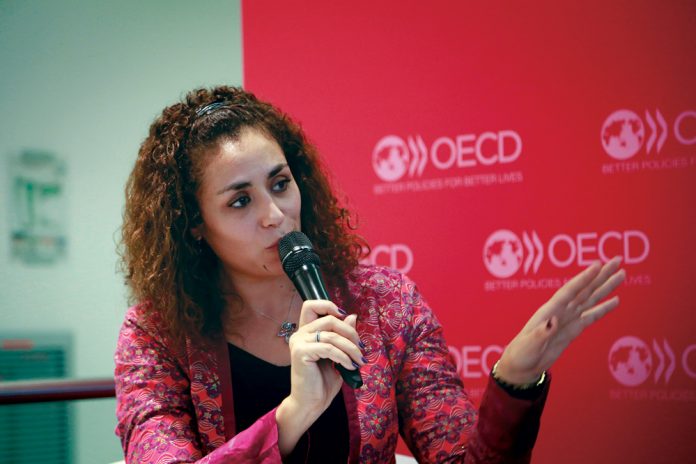
City water authorities will struggle to cope with the pressures of population growth and climate change without better coordination with central governments and water-intensive industries, according to a new OECD report, Water Governance in Cities. A severe investment backlog is also putting future water services at risk.
“The fact the report focuses primarily on OECD countries should be seen as a reminder that current levels of water security and service delivery in advanced economies should not be taken for granted,” Aziza Akhmouch, author of the report and Head of the OECD’s Water Governance Programme, told The Source.
“We need to fix the institutions that can fix the pipes. Infrastructure upgrades used to rely solely on public spending but they now often require a consensus on who pays for what and water authorities must find innovative sources of finance in a difficult economic context. Better governance should help to catalyse finance and improve efficiency and value for money.”
A survey of water authorities in 48 cities in 17 OECD and partner countries (including Acapulco, Barcelona, Glasgow, Hong Kong, Malaga, New York City, Rio de Janeiro and Suzhou in China) suggests that while water management is improving, ageing water infrastructure is not being upgraded fast enough to prepare for higher demand, water shortages, floods and rising pollution.
The report says that cities should re-examine water management roles and responsibilities across levels of government so they can better meet future challenges.
“Water is something we tend to take for granted since for most of us, especially in cities, we just turn on a tap and it’s there,” added Akhmouch. “As an issue, water can easily slip behind things like poverty, education or migration, which are much more visible, so we really need to raise public awareness of the risks of not taking action. It is notable that the World Economic Forum’s 2015 Global Risks report rated water crises as the greatest risk facing the world. Managing future water risks will require government ministries to work closely with each other and engage more with public agencies, regional and local authorities and other stakeholders.”








